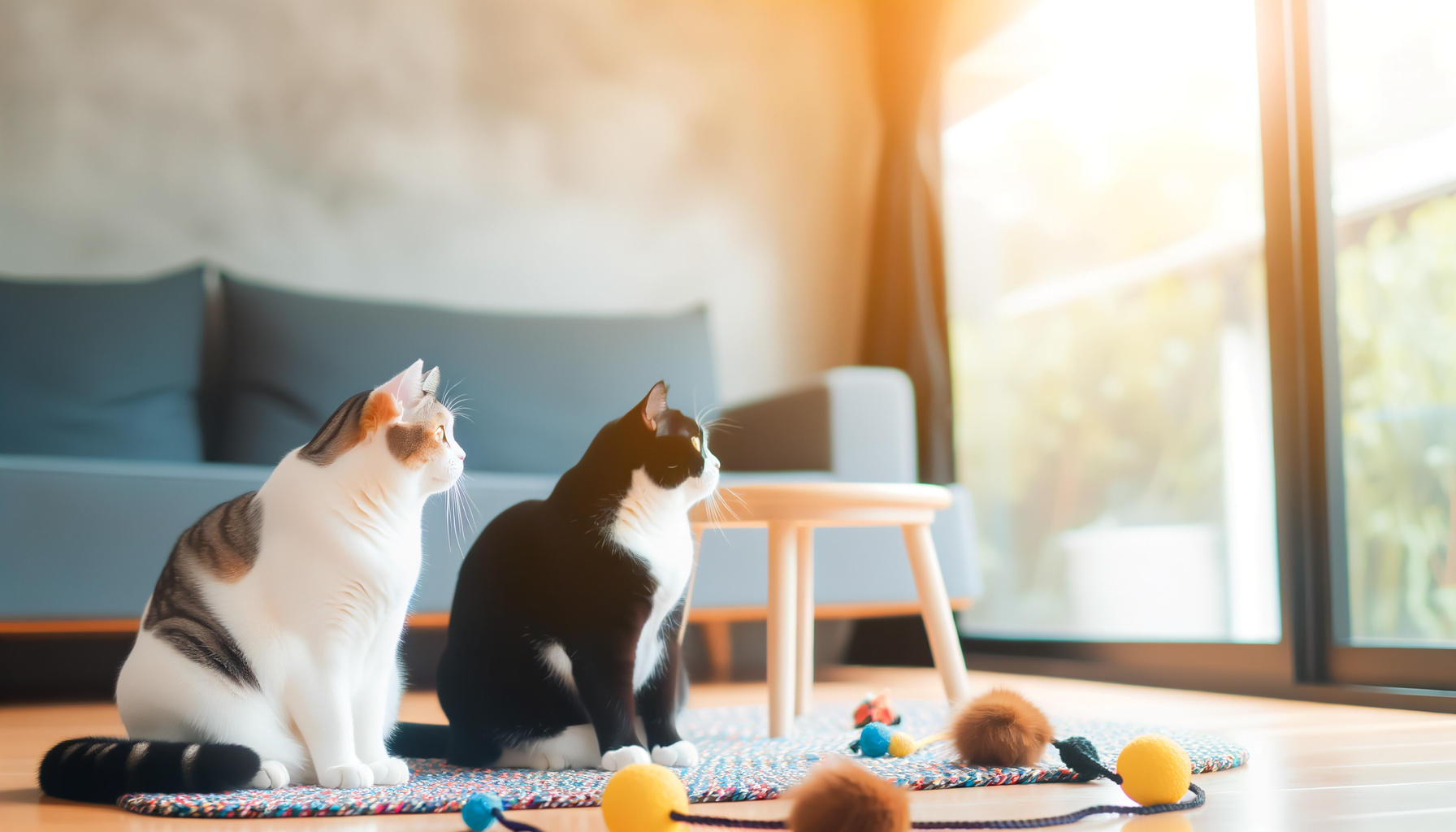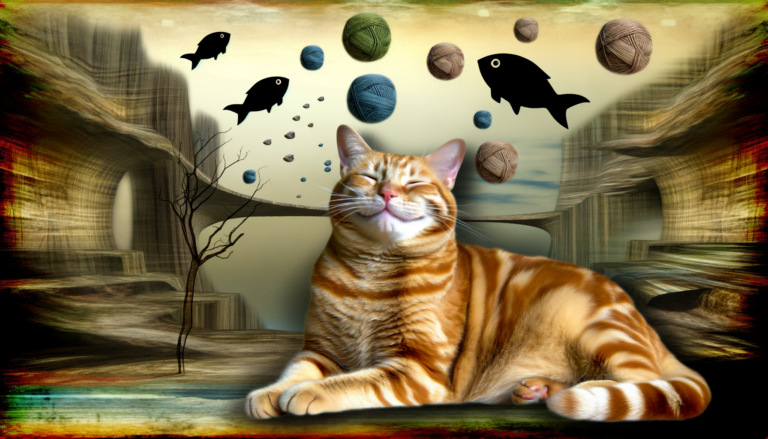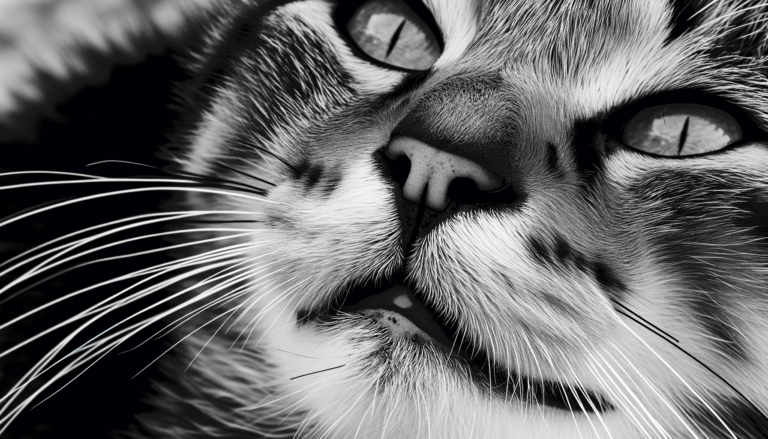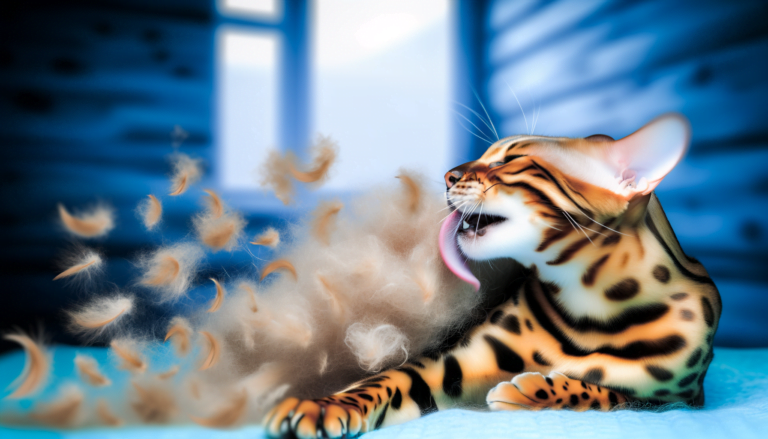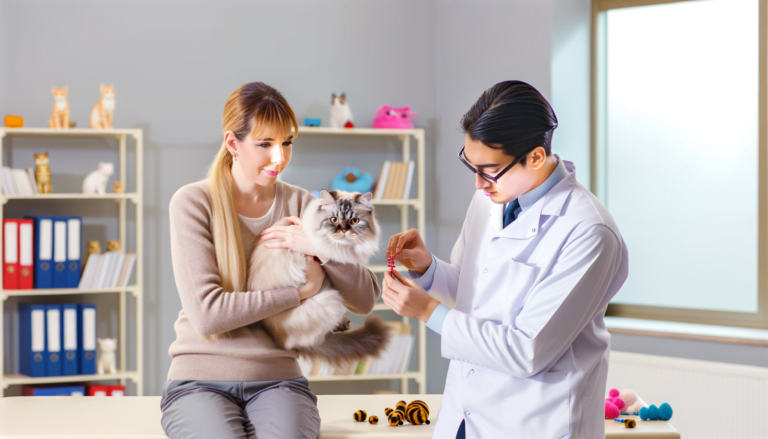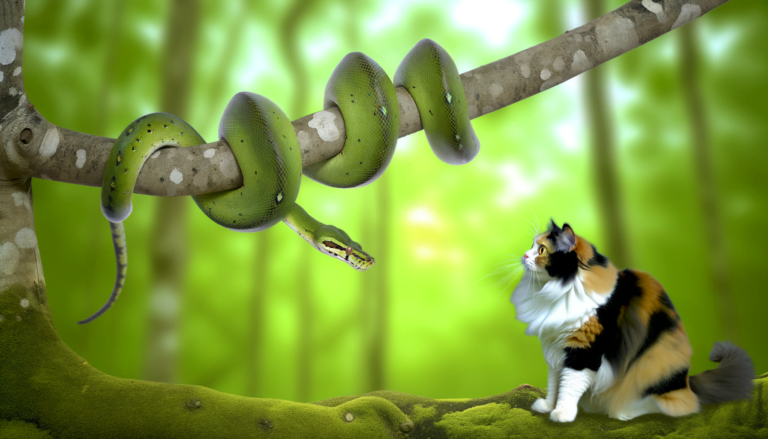Unveiling Feline Bonds: Do Cats Truly Miss Their Siblings?
Although it’s uncertain whether cats comprehend familial relationships in the same way humans do, they undoubtedly form deep bonds and can miss their companions, which may include siblings. These social ties become particularly significant if the cats were raised together from a young age. In instances of separation, they may exhibit behaviors commonly associated with sadness or stress, such as decreased appetite or less interest in play. However, individual responses can vary widely among cats, with some appearing unaffected by such changes. It’s essential, then, to observe and understand the specific behaviors and emotions of a cat in different contexts to gauge their feelings most accurately.
Exploring Studies and Expert Opinions on Feline Sibling Relationships

When examining the intricate dynamics underlying feline sibling relationships, various scientific studies and expert perspectives combine to shed light on this fascinating topic. Renowned animal behaviorists and researchers note that while cats do not possess the familial recognition abilities of humans, they do have an association with scent and shared experiences, which can contribute to a perceived familiarity when siblings reintegrate.
One groundbreaking study in particular demonstrated that cats who had spent their early lives together had a statistical preference for initiating interactions with each other, even following a period of separation. While this doesn’t necessarily prove that cats recognize their siblings in the human sense, it suggests a form of social preference, often misconstrued as ‘missing’ each other.
To further understand the psychological nuances of these bonds, scholars refer to the concept of ‘socialization windows’ in cats. This period, spanning approximately between two and seven weeks of age, is crucial for kittens’ development of social skills. Experiences with siblings during this window have been proposed to have a lingering impact on future-social behaviors, presenting an additional perspective through which the complexities of feline sibling connections can be appreciated.
Understand The Social Behavior of Cats

Cats, hailed for their curiosity, maintain intricate social structures often overshadowed by their reputation for independence. Observing the nuances of feline social behavior can intriguingly illuminate their relationships. Though solitary at times, cats have shown a penchant for social bonds, especially with kin.
Group dynamics among domestic cats are fascinating. From bottlebrush tails during disputes to cheek-rubs for marking friends, cats exhibit a variety of social interactions. Each action is steeped in complex communication, a testament to the profound sophistication of feline social behavior.
Understanding these underpinnings of cat sociality underlines the importance of their sibling relationships. By considering the roots of cats’ social behavior, we can offer more context to the debate of whether cats truly miss their siblings after separation, initiating a well-rounded exploration into the emotional worlds of our feline friends.
The Impact of Separation on Sibling Cats
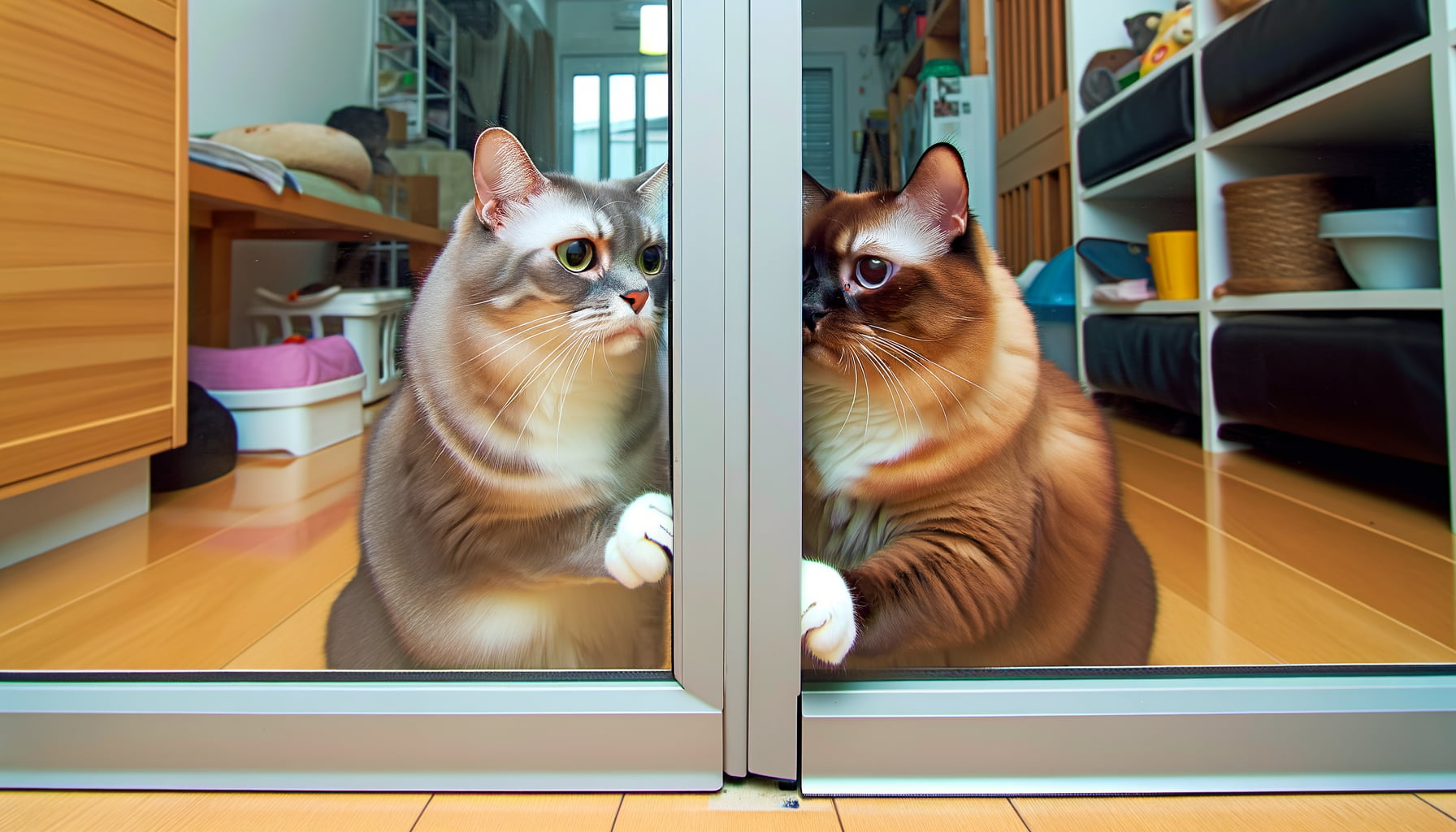
When sibling cats grow together, from kittenhood to adult stages, they develop a unique bond. This bond, combining social behaviors and shared experiences, often presents itself as a profound kinship. It is not unusual for feline siblings to engage in mutual grooming, playful romping, or even synchronized sleeping. These actions, indicative of deep emotional connections, can lead us to infer that the separation of sibling cats may cause notable reactions.
The impact of separation is not a one-size-fits-all scenario. Some cats may exhibit signs of distress or behavioral changes immediately after parting ways with a sibling. They may roam less, show reduced appetite, or vocalize excessively. While others may show lesser noticeable signs due to their nature as individualistic and adaptable creatures. Acknowledging these potential reactions is crucial for owners preparing to separate their cats. It enables them to set proper expectations and to provide the necessary care and comfort during the transition period.
However, it’s essential to underline that cats do not humanize relationships. Their perception of the world, including their connections with others, is fundamentally driven by scent. If the scent of a sibling persists, a cat may respond as if they are still present. Therefore, the extent to which a cat misses its sibling after separation can vary and depends significantly on an individual cat’s personality, experiences, and environmental factors.
Recognizing Signs of Loneliness and Missing in Cats
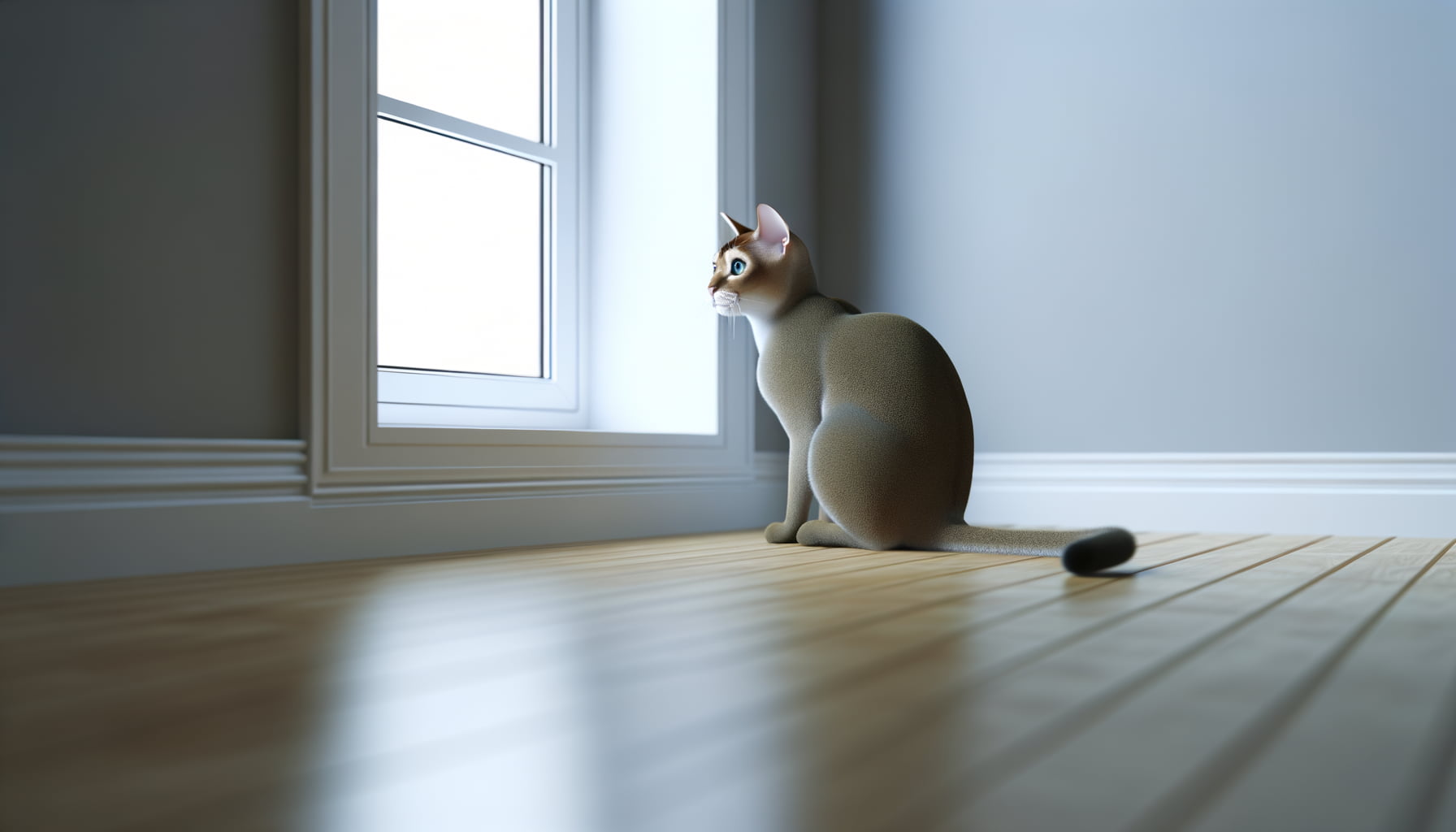
When assessing your feline companion, awareness of certain behavioral shifts can aid in recognizing loneliness or missing a companion. Cats manifest their feelings differently than humans do, with changes in their routine behavior often being the first sign of emotional change. If a cat starts spending more time than usual in isolation, this could be a signal that they’re experiencing loneliness. Further, sudden alterations in eating or sleeping habits also denote emotional distress.
In addition to behavioral changes, a lonely cat may display excessive grooming, as self-grooming is a coping mechanism for cats in stressful situations. However, it’s important to note that these signs aren’t exclusive to loneliness and can also appear due to health issues. Therefore, if you observe any drastic behavioral change, seeking professional advice is paramount for your feline’s well-being.
While it’s true that cats are solitary hunters, they’re indeed capable of forming strong social ties with other cats, especially their siblings. Consequently, a feline separated from its sibling might show signs of distress such as louder and more frequent vocalizations. This is because vocal communication is a cat’s way of expressing and dealing with their missing feelings. Observing the frequencies of their vocalizations might be instrumental in understanding whether they miss their siblings or not.
Conclusion
Through a blend of instinctual behaviors and societal dynamics, feline bonds continue to intrigue and captivate cat owners worldwide. While the question of whether cats truly miss their siblings remains unanswered, the deep connections forged among littermates shed light on the intricate world of cat relationships.
As we delve deeper into the complexities of cat behavior and communication, the mysteries surrounding feline bonds only deepen. Whether it’s through shared memories of kittenhood or a primal sense of camaraderie, the bond between siblings serves as a reminder of the timeless connection between cats and their innate desire for companionship.
